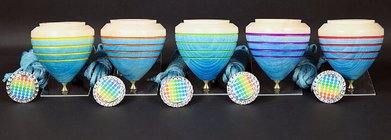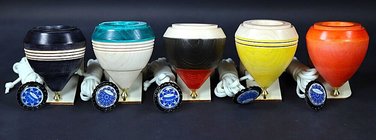Hello, I'm using a Mixol blue dye on a yellowish wood (Dot Ebony) but the result is a blue-green. I'd almost expect this, considering the slight yellow of the starting piece, so I tried mixing in a little black, but it ends up being too dark, and more black than a deeper blue.
Is there a proven method of getting a blue result with a blue dye? I haven't completed turning, just testing, so I can still do some trial and error.
Letting one coat "dry" and applying a second "coat" doesn't darken the color.
Thank you all.
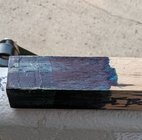 WWW
WWW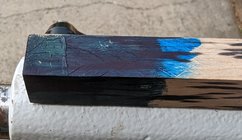 WWW
WWW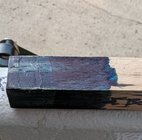
Is there a proven method of getting a blue result with a blue dye? I haven't completed turning, just testing, so I can still do some trial and error.
Letting one coat "dry" and applying a second "coat" doesn't darken the color.
Thank you all.
 WWW
WWW WWW
WWW

